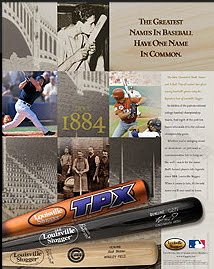
 The image I chose to select a color scheme from is of a thoughtful Hokie Bird. Some people may say that a thoughtful Hokie is an oxymoron, but I believe that I am one. In the image, the Hokie Bird wears his team colors (Burnt Orange and Chicago Maroon) on his sleeve - actually, his face. The bright orange conveys energy, passion and a will to achieve/earn a victory. The Maroon conveys courage, bravery, heroism and strength. I want to exhibit all theses attributes through my work, along with the thoughtfulness of the Hokie Bird so my energy, passion and courage do not get the best of me. In my cropping from the image, I also snipped a section of the Hokie Bird's eye. I did this mainly so I could use some black or white text if necessary in my blog. I have absolutely no experience with html or css before starting this class, but I began playing around with the codes to change around my colors and kind of taught myself a few things...including how to get the VT logo going across the top of my page!
The image I chose to select a color scheme from is of a thoughtful Hokie Bird. Some people may say that a thoughtful Hokie is an oxymoron, but I believe that I am one. In the image, the Hokie Bird wears his team colors (Burnt Orange and Chicago Maroon) on his sleeve - actually, his face. The bright orange conveys energy, passion and a will to achieve/earn a victory. The Maroon conveys courage, bravery, heroism and strength. I want to exhibit all theses attributes through my work, along with the thoughtfulness of the Hokie Bird so my energy, passion and courage do not get the best of me. In my cropping from the image, I also snipped a section of the Hokie Bird's eye. I did this mainly so I could use some black or white text if necessary in my blog. I have absolutely no experience with html or css before starting this class, but I began playing around with the codes to change around my colors and kind of taught myself a few things...including how to get the VT logo going across the top of my page!For the second part of the assignment, I chose BernhardMod BT as the font for my main header and Staccato222 BT for my description. I love the stems on BernhardMod BT and how they move from being very thin to very thick, especially on the capital "T." It certainly is a far cry from the original bitmap fonts described by Kuo. The "T" reminds me of a cross symbol or sword handle that you'd see associated with The Crusades...which seems to fit perfectly with the theme of courage, heroism and bravery coming from the maroon coloring. As for the Staccato222 BT, I felt it added a nice contrast to the main header and the semi-cursive writing fit with it being a description. When I designed at newspapers, we would often make the main headline something standard like Franklin Gothic Book and set it off with a header in a font like Staccato222 BT. I decided to center the header because it looked kind of goofy on the left, but I struggle to find the proper sizes for them. I eventually settled on something that I think works, but then had to go through and change all my blog entry fonts and sizes to match up a little better. Needless to say it was a full day of trial and error to remake my blog, and it wasn't until I was almost finished that I found some pretty helpful instructions in the blogger help forum of all places. It's good reading for anyone not familiar with HTML and CSS. This site also has a lot of helpful tips for us rookies.
By the way, I know I'm really early with this assignment, but I'm getting married March 10 and going on my honeymoon immediately afterwards, so I don't expect to be blogging too much over that span. Hope everyone likes the Hokie motif.









